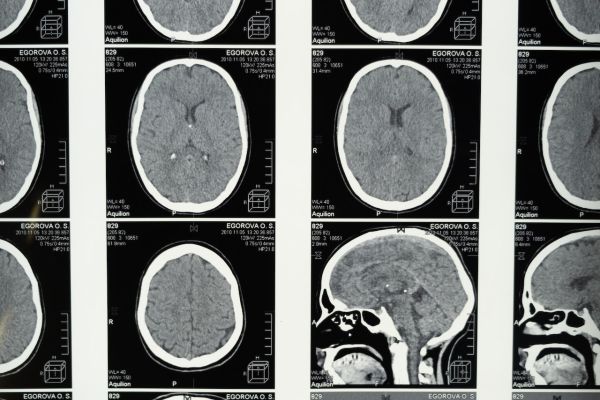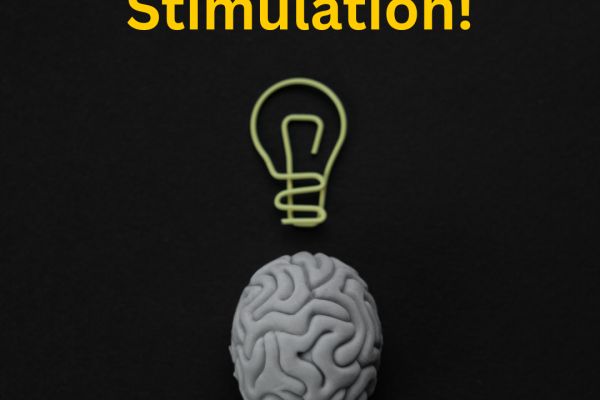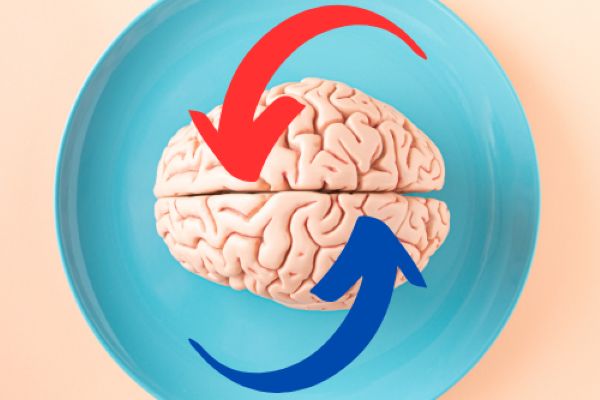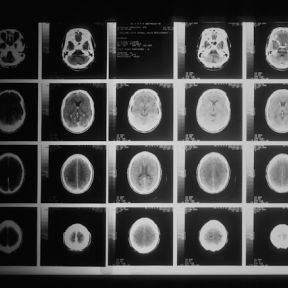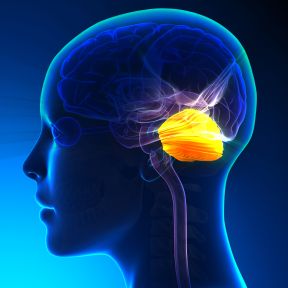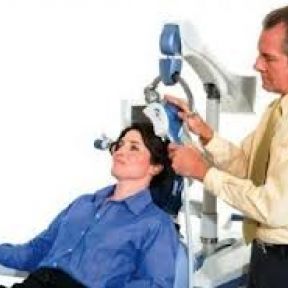
Transcranial Magnetic Stimulation Therapy
Transcranial Magnetic Stimulation (TMS) is a non-invasive procedure that delivers magnetic pulses to the brain to change neural activity. It is used to treat mental health disorders, particularly depression, as well as neurological disorders.
The procedure involves a magnetic coil that is placed over the scalp. Repetitive magnetic pulses emanate through the coil, enter the brain, and activate neurons in targeted regions, such as those that govern emotion regulation. The increases and decreases of activity in those regions are what treat depression and other disorders.
TMS is also referred to as repetitive transcranial magnetic stimulation or rTMS.

TMS offers a treatment option for people suffering from various mental and neurological disorders, particularly those who have not responded to other forms of treatment such as therapy and medication.
TMS is a targeted approach that can zero in on the specific parts of the brain that are affected by a particular condition, while leaving the surrounding brain regions unaffected.
The FDA first approved TMS as a treatment for medication-resistant depression in 2008. Since then, its clinical applications have expanded to cover major depressive disorder, certain migraine headaches, and obsessive-compulsive disorder. There’s some evidence that TMS may help treat anxiety and post-traumatic stress disorder. In terms of neurological disorders, TMS may help treat Parkinson’s disease, multiple sclerosis, stroke, and Alzheimer’s disease.
TMS is most commonly used to treat depression. Around 30 percent of people with medication-resistant depression achieve remission from a full course of TMS, according to the National Institutes of Health. For context, around 60 percent of people with depression respond to typical treatments.
TMS pushes electrical charge into nerve cells to alter their activity and communication. TMS increases or decreases neural activity in certain regions, with the goal of shifting brain activity from patterns associated with depression to patterns associated with healthy brain function, for example, or disrupting overactive brain circuitry associated with obsessive-compulsive disorder.
Medications act on the brain by changing levels of chemicals in the brain, such as serotonin and dopamine. But perhaps more than a chemical imbalance, depression may encompass a failure of activation and communication in and between brain networks. Stimulating those networks provides a reboot; it sparks neuroplasticity, the flexibility to form new connections within the brain. As that process occurs over weeks or months, patients begin to feel better.
Several therapies rely on brain stimulation to treat mental health conditions. They include electroconvulsive therapy (ECT), deep brain stimulation (DBS), magnetic seizure therapy (MST), and vagus nerve stimulation (VNS). For more, see Brain Stimulation Therapy.

When a patient arrives for a TMS procedure, he or she will sit down and a TMS physician will position the coil over the patient’s scalp. The physician will take measurements to identify how much energy is needed to generate brain activity for that particular patient. Once this is determined, the physician will move the coil to the front of the person’s head and the magnetic pulses will begin.
During treatment, the patient will feel a slight tapping or knocking on their forehead as well as a clicking sound. This clicking sound tends to be loud; patients will wear earplugs. Patients also remove anything magnetic before the session, such as jewelry or a wallet.
Patients receive TMS treatment over several sessions. A session lasts between 20 to 60 minutes, and sessions typically occur five days a week for four to six weeks.
Patients are fully awake (rather than anesthetized or sedated) when they receive the procedure. They are able to fully function and continue their day after a session.
Yes. Many studies have demonstrated that TMS is safe, effective, and patients generally tolerate the procedure well. Research shows that the procedure is also safe for children. Some patients may not be suitable candidates for TMS, such as those who have epilepsy or implanted devices; patients should speak with their doctor about whether TMS is an appropriate treatment for them.
TMS doesn’t normally lead to side effects. However, some people experience mild to moderate reactions including headaches, which can be treated with typical over-the-counter medications. Other side effects include forehead pain, lightheadedness, and facial twitching during the procedure. These tend to diminish as the sessions continue, and adjusting the device may help alleviate these symptoms as well. It is possible for seizures to occur as a side effect, but this outcome is extremely rare.
Coil designs include round coils, figure eight coils, cone shaped coils, and H-shaped coils. Research has explored whether two coils may be combined to stimulate deeper regions of the brain, and studies suggest that the two-coil design is safe and effective.

